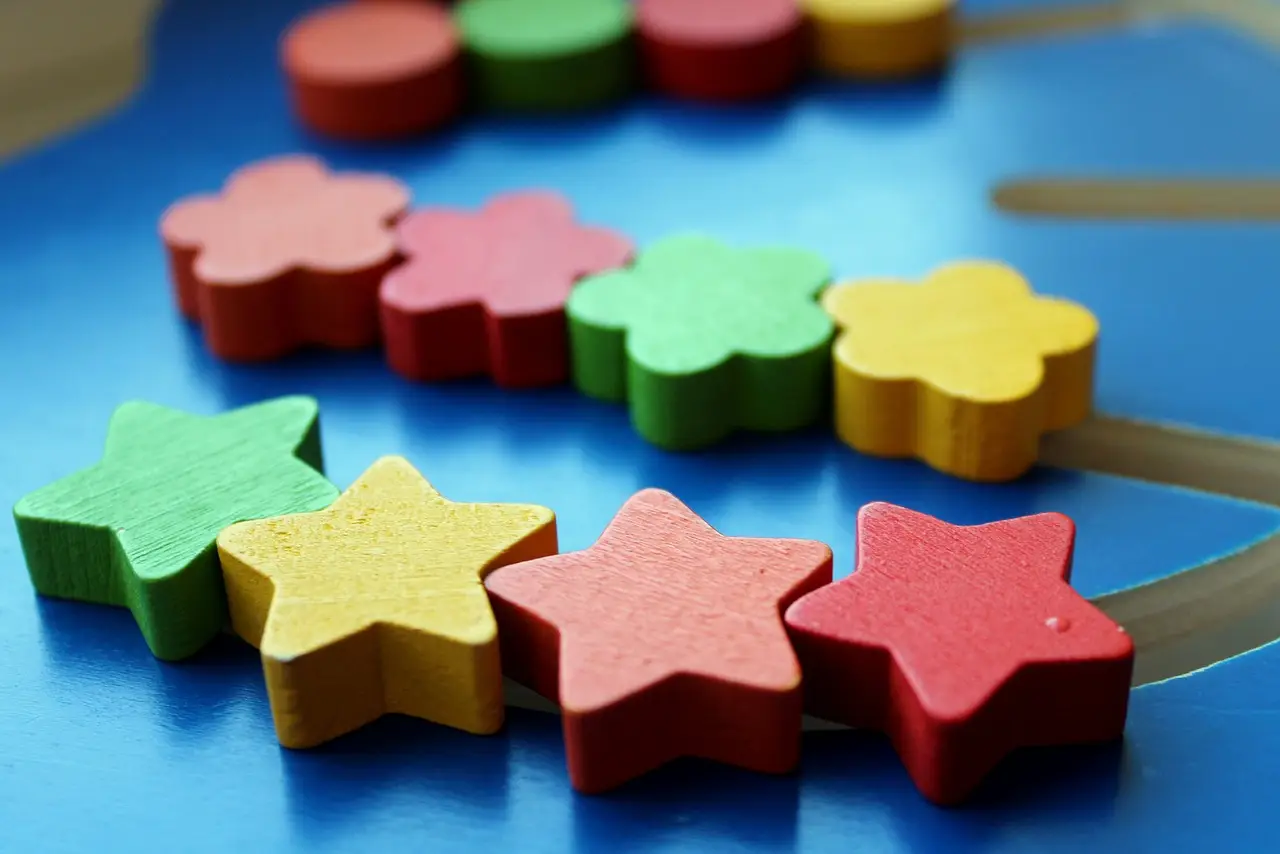The Resurgence of Wooden Toys in Contemporary Playrooms
Exploring the Revival of Wooden Toys in Modern Play Settings
Over the past few decades, the toy industry has undergone a significant transformation dominated by the rise of plastic toys. These colorful, affordable, and often high-tech products captured the attention of children and parents alike. However, as concerns about sustainability, safety, and the quality of play experiences have surfaced, wooden toys have made a remarkable comeback in modern playrooms. This resurgence prompts an examination of the factors contributing to the renewed interest in wooden toys, which are celebrated not only for their aesthetic charm but also for their educational and environmental benefits.
I. The Benefits of Wooden Toys
A. Durability and Longevity
One of the standout features of wooden toys is their exceptional durability and longevity. Unlike plastic toys, which often suffer from wear and tear and can break or degrade quickly, wooden toys tend to withstand the test of time. When cared for properly, wooden toys can be passed down through generations. Furthermore, wooden toys are typically sourced from natural materials, making them a more sustainable choice compared to synthetic alternatives that contribute to pollution and environmental degradation.
B. Safety for Children
Safety is a paramount concern for parents, and wooden toys excel in this regard. Made from non-toxic materials, they avoid the harmful chemicals often found in plastics, such as BPA and phthalates that can leach into children’s systems. High-quality wooden toys are crafted with rounded edges and sturdy construction, significantly reducing the choking hazards associated with many mass-produced plastic toys.
C. Encouragement of Imaginative Play
The simple elegance of wooden toys fosters imaginative play, allowing children to engage creatively without the distractions often found in more complex plastic toys that typically come with batteries and electronics. Wooden toys provide open-ended play possibilities, where the only limits are a child's imagination. This freedom of play not only enhances their creativity but also aids in developing problem-solving and critical thinking skills.
II. The Environmental Impact of Wooden Toys
A. Sustainable Production

As more parents grow concerned about their ecological footprint, the sustainable production of wooden toys becomes increasingly appealing. Responsibly managed forests ensure that the materials used are harvested in a way that preserves the environment. Additionally, many manufacturers are embracing eco-friendly production processes, employing non-toxic glues and organic finishes.
B. Biodegradability and Recycling
The environmental advantages of wooden toys extend to their lifecycle. Unlike plastic, which can take hundreds of years to decompose, wooden toys are biodegradable and do not linger in landfills. Moreover, because they can break down naturally, they contribute positively to reducing plastic waste—a pressing global issue.
C. Promoting Environmental Awareness
Playing with wooden toys can also educate children about sustainability. As they engage in play with toys made from natural materials, they develop a greater appreciation for the environment and the importance of caring for it. Wooden toys serve not just as items of play but as catalysts for conversations about eco-conscious living and environmental responsibility.
III. Nostalgia and the Emotional Connection
A. Personal Memories of Childhood
The resurgence of wooden toys is also tied to the nostalgia many adults feel for their own childhood. As parents and caregivers reminisce about traditional toys they played with, they often seek to share that experience with their children. This interest in family traditions strengthens bonds generationally and fosters a sense of heritage.
B. Aesthetic Appeal
The tactile satisfaction and warm aesthetics of wooden toys appeal to many parents. Unlike the bright, plastic textures that saturate the toy market, wooden toys offer a classic, timeless design that can enhance the look of any playroom. Their natural hues and unique grain patterns not only attract children but also provide a more harmonious environment for homes.
C. Creating Meaningful Experiences
Wooden toys invite quality family time focused on classic play, promoting shared experiences and interactions. They encourage family members to engage in play together, fostering connections and creating meaningful memories that endure beyond the child's early years.
IV. Modern Design Trends in Wooden Toys
A. Innovative Designs
Today's wooden toys are anything but old-fashioned. Modern designs often fuse contemporary aesthetics with traditional play, featuring innovative shapes and concepts that stimulate a child’s intellect. Many incorporate educational elements, ensuring that play is both enjoyable and enriching.
B. Customization and Personalization
Parents increasingly favor tailored experiences for their children, and many artisans now offer customizable options for wooden toys. From name engravings to bespoke designs that cater to children's likes, personalization adds significant value, making these toys unique and special.
C. Integration with Technology
In a world dominated by technology, many wooden toys have adapted to blend tradition and modernity. Hybrid toys that combine wooden components with digital interactions allow children to explore both tactile play and digital learning, striking a balance that parents appreciate.
V. The Shift in Consumer Awareness
A. Increased Focus on Educational Value
Parents today are more discerning about the educational value of the toys they choose. Research suggests that wooden toys significantly promote developmental skills, supporting cognitive and physical growth while encouraging learning through play.
B. Rise of Eco-conscious Parenting
Among millennials and Gen Z parents, there is a clear shift towards eco-conscious parenting. This demographic's growing preference for sustainable products aligns with the attributes of wooden toys, compelling brands to hold themselves accountable for responsible manufacturing practices.
C. Community Support and Localism
The rise of local artisans producing quality wooden toys has garnered attention and support through social media. This community-centered approach appeals to conscious consumers who value local craftsmanship, further driving the demand for unique and sustainable toys.
Embracing the Wooden Toy Trend for Future Generations
The comeback of wooden toys in modern playrooms reflects a broader trend towards incorporating safety, creativity, and sustainability in children's play experiences. As families seek a balance of tradition and modernity, wooden toys stand out for their numerous benefits—safety, durability, environmental impact, and the nostalgic value they offer. Parents are encouraged to consider wooden toys not just as playthings but as tools that align with their values, fostering an enriching environment for their children’s growth and development. Embracing wooden toys is not just a nostalgic choice; it’s a commitment to a healthier planet and meaningful play.












